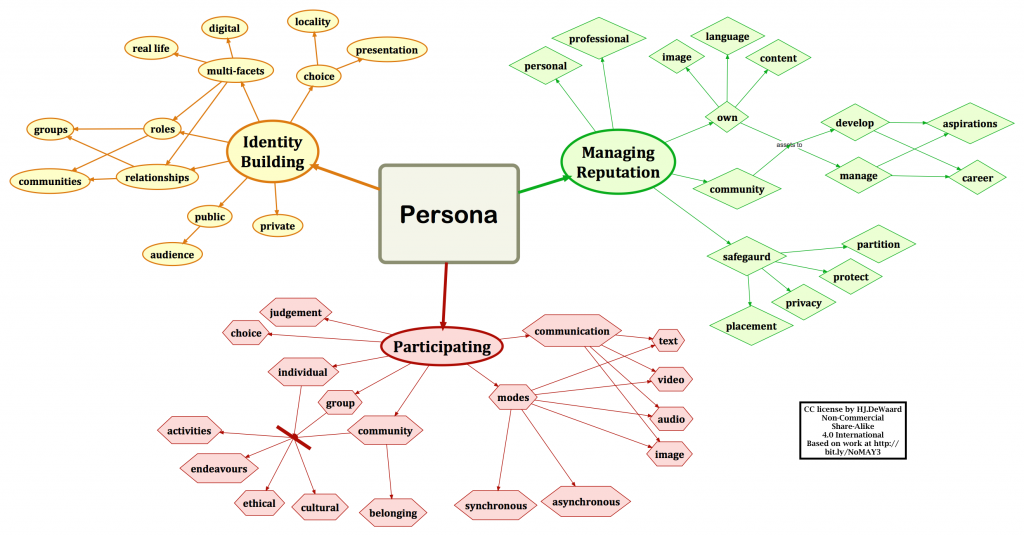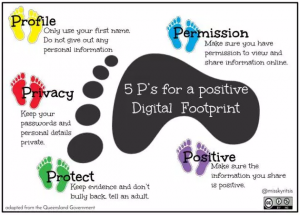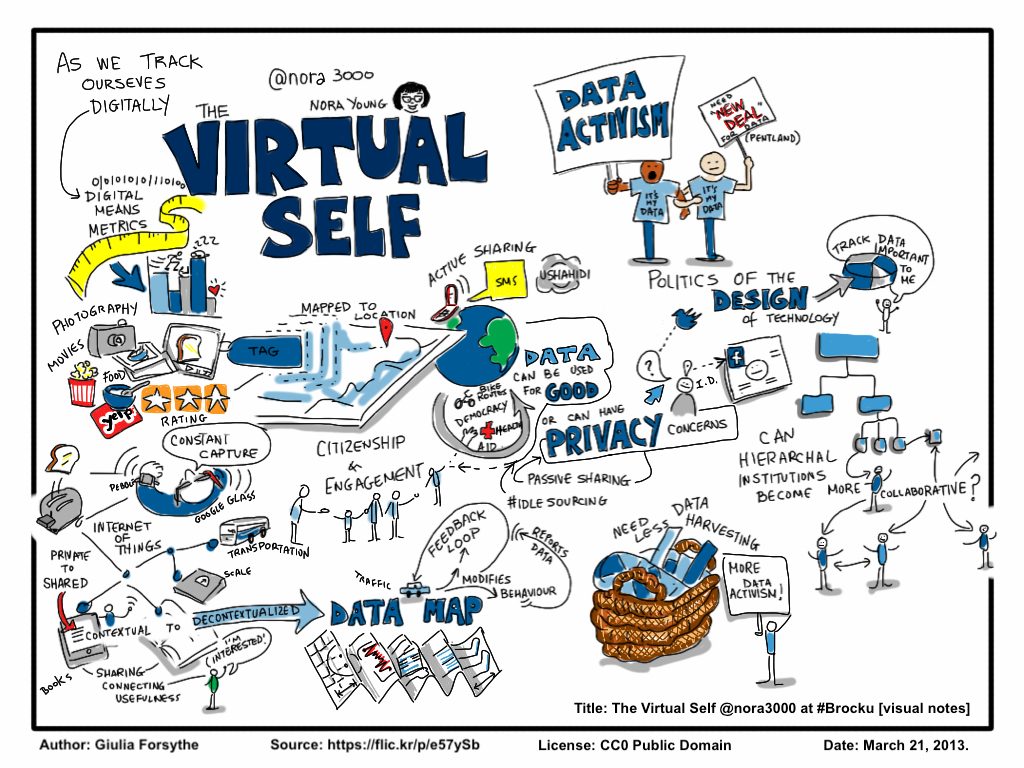This week we will examine the issues of reputation, identity and membership within different digital contexts. When building identity, learners and teachers develop a sense of their own role in digital environments. By consciously managing digital reputations, teachers highlight the importance of building and maintaining both individual and community reputations. While examining modes and means of participation, we will focus on the nature of collaborative contribution (both synchronous and asynchronous) that make up many digital projects and inherent ethical and cultural challenges. 
DATES: Nov 10 – 16th
READINGS:
- Course web site for week ten
- The five resources of critical digital literacy: A framework for curriculum integration, Hinrichsen & Coombs, Section on Persona: Identity issues and the digital; Figure 5
- The Professional Advisory: Electronic Communication, Social Media video as seen on this page, from the Ontario College of Teachers and supporting PDF document
- ISTE standards for educators https://www.iste.org/standards/for-educators
 TOPICS: As you examine how digital identity connects to your teaching persona, as well as how to project your professional persona in positive ways in order to help build future job related endeavours, think about the 5 P’s of digital footprints. Consider how this can apply to your work with students.
TOPICS: As you examine how digital identity connects to your teaching persona, as well as how to project your professional persona in positive ways in order to help build future job related endeavours, think about the 5 P’s of digital footprints. Consider how this can apply to your work with students.
When teachers build a professional presence in online and open web spaces, there are many considerations that will influence your decisions. The Privacy and Digital Identity lessons found on the UBC ePortfolio section can inform your thinking. You should also be aware of the guidelines set out by the Ontario College of Teachers. This OCT video will provide some basic information to consider.
Critically analyzing how you will craft your professional, digital persona is essential. Take a look at the elements presented on this sketch note created by Giulia Forsythe from Brock University.

Critically consider your practices in digital spaces to analyze how you should proceed in the key areas of privacy, data management, digital activism, and responsible use, as you work to manage reputation, build identity, and participate in digital communities.
ACTIVITIES:
- Do a web search for your ‘digital presence’ using these suggested web search tools. You can try this with my name first if you’d like, but definitely try this with your own name, or variations on your name. What do you discover with each? Do you have a positive web presence. [See this page for more information.]
-
- Start with a GOOGLE SEARCH. Take note of the top ‘hits’ in both the text/articles and the images that this pulls up for your name.
- Then try DUCK DUCK GO. Here’s some information that adds to your awareness about why you should be using this search tool.
- Next try BING.
- Try YAHOO.
- Finally, try DOGPILE.
- If you have time, check out the Digital Tattoo site or the Twitter presence set up by the University of British Columbia. You can even try the self assessment resource and play some games to become more familiar with the notion of a digital tattoo rather than a digital footprint.
- Play with one Creative Make that you can include in your next Professional Self Portrait Blog submission for the A2 Assignment.
- Work on your MINDOMO concept map for critical digital literacies. Share the URL with your instructor if you’d like some feedback on your map [see the section in the LAB on how to share a Mindomo map].
- Check the comments made to your blog site – respond to one.
- Work on your final blog post ideas. Start a draft to get your ideas organized.
TASKS to COMPLETE:
- A1: Discussion post in D2L by Tuesday at 11:59 p.m.
- A1: Two responses by Friday at 11:59 p.m.
- A2: ONE response to a comment made on your blog site by Saturday at 11:59 p.m.
REFLECTION:
By doing the web search, what have you learned about yourself and your digital persona? How can you build or enhance your professional persona in digital spaces? Where will you focus your efforts? Who will become part of your ‘professional learning network’?
